
Ghost of Tsushima
Ghost of Tsushima wallpapers for your PC, Android Device, Iphone or Tablet PC. If you want to download Ghost of Tsushima High Quality wallpapers for your desktop, please download this wallpapers above and click «set as desktop background». You can share this wallpaper in social networks, we will be very grateful to you.
The rich history of Tsushima is closely connected not only with the heavy defeat of the Russian fleet, but also with the term “kamikaze” – the divine wind. According to Japanese legend, due to the wrath of the gods, a mighty typhoon arose and sank the ships of the great Mongols.
Inspired by this legend, the developers at Sucker Punch take the events of their game back to 1274, during the first Mongol invasion of Japan. The confrontation between three dozen samurai and the Mongol Empire ends in a deadly battle in which the protagonist of Ghost of Tsushima miraculously survives.
Saved and cured by a stranger, Jin Sakai embarks on a long and difficult journey to collect the remnants of allies and free his own uncle from the clutches of the cruel Khan.
Unlike many other open world games, Jin’s Journey has no level zones or other restrictions. After completing the prologue, you can engage in free exploration of the territory, saving ordinary peasants from robbers or challenging the fortified camps of the Mongols.
The dynamic alternation of day and night allows you to enjoy the magnificent views of the island and use the darkness and fog for cover during your next foray into the enemy camp.
The basic game mechanics are based on the samurai code and honor: the protagonist can challenge the strongest of the opponents he meets and win by pulling out the katana in time. As you level up your skills, such a duel can turn into a series of instant kills.
However, over time, Jin betrays high ideals, killing enemies from behind or using elements of the environment, such as lanterns and hornets’ nests. Towards the end of the story, darts with poison and psychotropic substances are used, which refers us to the world of Assassin’s Creed.
Of course, you can try to play fair, challenging the enemy in the face, but most likely you will not be able to stand alone against rule-less conquerors.
While exploring the island, the protagonist is confronted with numerous stories and legends told to him by peasants or wandering musicians. A small conversation in a farmhouse can open up a new location or help you gain powerful talismans and such a precious experience.
Following the precepts of the already mentioned Assassin’s Creed, the game offers many opportunities for pumping and gathering. Helping those in need, completing side missions and defeating bandits and invaders, you gain recognition, and with it experience points that can be invested in parrying and special blows, the power of combat stances and unique abilities, such as throwing smoke bombs and assistance in exploring the environment.
Fans of searching and gathering are invited to find chanterelles that will take you to the shrines of Inari, where you can open a new slot for using talismans. Or follow the bright bird to the hot springs, where in silence and meditation you can increase the health bar.
Hokku locations will give you unique headbands with special bonuses, and deck zones after a streak of successful QTEs will increase your resolve. In turn, difficult trials on the way to the divine sanctuaries will reward you with a valuable talisman and significant experience.
Determination in this game serves as a replacement for the Estus Flask from Dark Souls, restoring health and mana, allowing you to perform special moves against enemies. These special attacks will have to be earned by completing the island’s unique legends.
So in one mission you will have to find the cursed bow and engage in a fierce duel with the demon. In the other, find the archer’s divine vestments, repelling waves of fierce enemies.
Determination itself is replenished during successful attacks and deflections, as well as ideal confrontations. By the end of the game, your hero will be able to carry out combinations of special attacks with a quick change of fighting stances. And gaining demonic power after killing the leaders of the Mongols will turn the battle into a bloody meat grinder.
THE GAME IS REALLY OPENED IN THE SECOND HALF OF THE STORY WHEN YOU HAVE TO DEAL WITH THE RONINS
The combat system of Ghost of Tsushima involves a complex combination of blocks, parries strong and weak blows, and special moves. In addition, against different types of opponents, it is worth using different stance options that change the strike pattern.
For example, the water stance is good against enemies with shields, the wind stance is good against spearmen, and the moon stance is good against armored enemies. New variations can be obtained by killing enemy leaders.
Stances can be changed on the go, combining sword strikes with throws of kunai, incendiary and smoke bombs, or shooting from two types of bows.
Killing a powerful enemy can throw others to flight, and some will begin to beg for mercy.
The game really unfolds in the second half of the story, when you have to deal with ronin, capable of reflecting your blows, parrying and evading super attacks. By that time, frisky dogs will appear at the disposal of the Mongols, and in the case of stealth passage in the tall grass, eagles may notice you and reveal your location to the enemy.
The hook-cat that has appeared in the game will help here, which will allow you to escape from the pursuit on the roofs of buildings or climb the rocks.
In this case, you can quietly kill enemies through bamboo partitions in the back, or quietly eliminate up to three opponents by silently jumping from the roof.
Rare special boss opponents can seem too hardcore even on low difficulty. But it is in the duels with them that the game will sparkle with new colors, allowing you to feel the full power of the combat mechanics.
The main weapon, like the shorter blade, can be upgraded in exchange for supplies and special components from blacksmiths. The same is given to do with large and small onions. The stock of arrows, bombs or kunai can really be increased at the skins merchants, and the armor can be strengthened at the armored man.
The pumping item itself changes along with the improvement. Additional plates appear on the armor, and horns crown the battle helmet. For completing side quests and completing the story, you will receive new sets of armor and accessories.
Fights vary greatly from the chosen difficulty. If at the easy level the enemies die limply from a couple of blows, then already on the average they begin to inflict attacks that are not blocked without special skills. On maximum difficulty, the enemy parries and counterattacks, and fights with local bosses turn into a nightmare. The villains dodge special attacks, inflict a series of quick attacks and try to match you perfectly.
The game strongly encourages exploration and gathering. You are free to interrupt or pause any, even the storyline, and start looking for shrines or completing a side quest.
At the very beginning of the game, you can choose your own horse and give it a name, subsequently instantly summoning it to any part of the island. If you get tired of riding, then there is an opportunity to use quick teleportation to already open points on the map or liberated settlements.
In addition, the game uses beautiful and very atmospheric wind navigation. It is worth marking a point on the map and swiping along the touch panel, as a gust of air along with flowers and grass will point you in the right direction.
Pumping help with the search for special points will give you wind help in finding important items and places. However, even without this, you can always count on tips from magical birds that will lead you to hot springs or a place to contemplate nature.
Sometimes, to complete a task, you need to carefully examine the area for footprints in the sand or clay and then follow them without any special effects, such as “Witcher’s Sense”.
The game itself implies a central story that can be safely put aside, side missions to help the inhabitants of the island, legendary stories and special stories of the central characters. To join your squad, you only need to complete one of 9 chapters, but you can easily complete most of it without touching the main plot.
All stories are interesting and clearly handcrafted. During the passage, I have not come across a single cloned side quest or repeating quest. Each story is unique in its own way.
At the same time, no one forces you to complete missions to liberate villages, if you do not want to get legendary armor or help one of your comrades. You can just follow the gold marks to the story ending.
As it has already become fashionable, “Tsushima” actively uses the concept of gray morality, where there is practically no positive character. Your allies have dark secrets, the hero is ready to betray the ideals of the clan for his own survival and the salvation of the island, and opponents have their own compelling excuses.
Quests are confusing enough with many arcs from which you learn more about your allies and their motivations. During one of the stories, you can see the atrocities of the Mongols, and then find out what caused the whole decision of one of your closest friends.
Betrayal, depression, and dishonor go hand in hand here throughout most of the game.
One of the main features of Ghost of Tsushima is the absolutely incredible work with the visual component. And it’s not just about technology, but rather the titanic work of the art director and the art department.
Leaves flying in the wind, diverging circles on the lake from frightened birds, forests filled with fireflies, or the sky covered with sparks after a terrible fire – all this looks incredibly beautiful.
Clothes get dirty with dirt and blood, marks remain on various surfaces, and grass and folds of clothes flow along with gusts of changeable wind.
Each boss battle is an epic battle with a pretentious setting and incredible artwork. Ghost of Tsushima is a celebration of the right styling and an ode to the inner beauty of Japanese nature, which creates an incredible gaming atmosphere and immerses you in an amazing world of bright colors and visual pleasure.
In Ghost of Tsushima, cruelty and betrayal reign. There are almost no completely detailed scenes of the severing of limbs, but blood flows like a river. At the same time, fierce fights give way to admiration for nature, when you so want to open Basho’s volume and read: “The moon over the mountain. Fog at the foot. The fields are smoking. “
The quiet play of koto and the beating of drums, along with the sounds of water, create a deep atmosphere of Japanese cinema classics, where, to the sound of falling bamboo, you can hear how grasshoppers chirp in the tall grass.
Especially for aesthetes, the authors left the Japanese voice acting and Russian subtitles, adding a switchable film filter in the style of Akira Kurosawa’s films as a bonus.
Ghost of Tsushima is a stunning mix of Assassin’s Creed and The Witcher 3, based on samurai films and traditional Japanese contemplation of nature. At the same time, this is the best Assassin’s Creed ever created. There are no emasculated positive heroes and unambiguous villains, the tasks are fascinating and interesting, and even the cleaning of the captured settlements is admirable. And this is the most mesmerizing and visually impressive game on the PlayStation 4 to date.

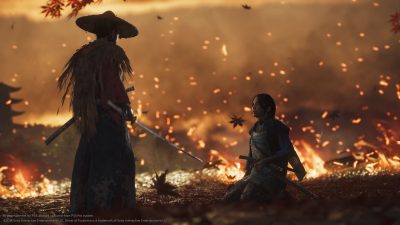
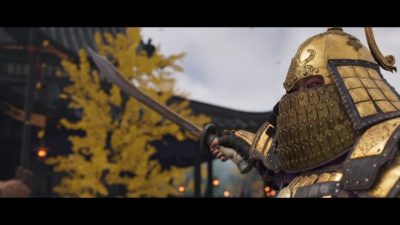

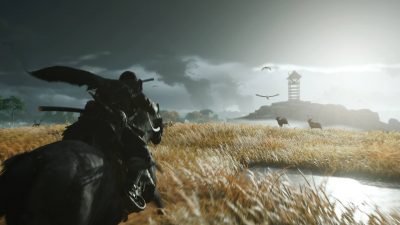

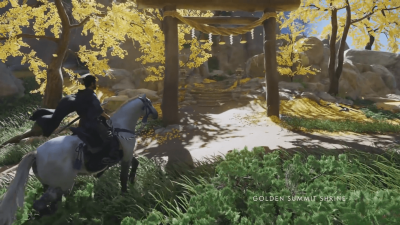

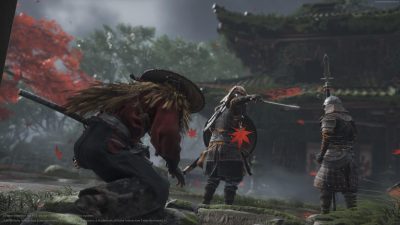
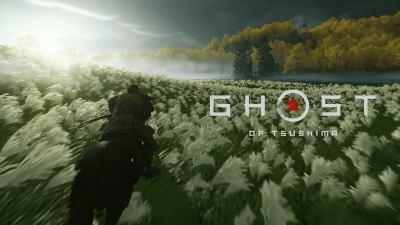
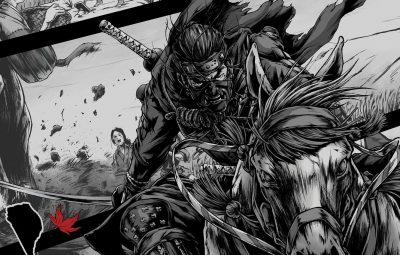
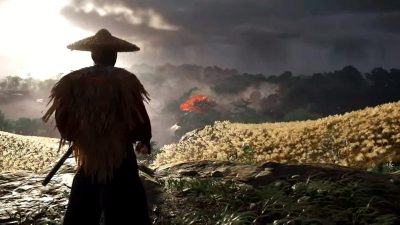
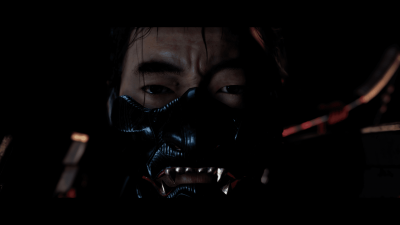
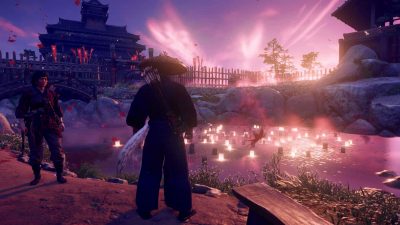
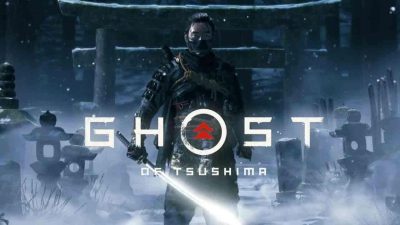


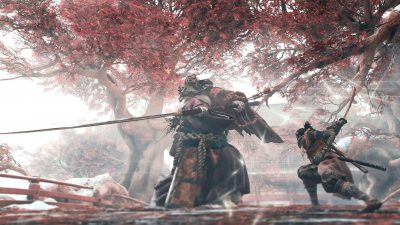
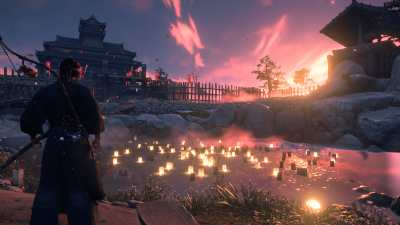
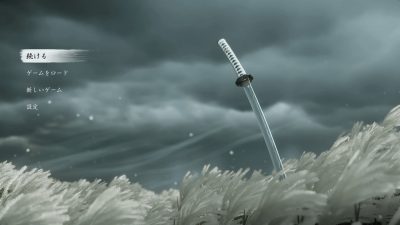

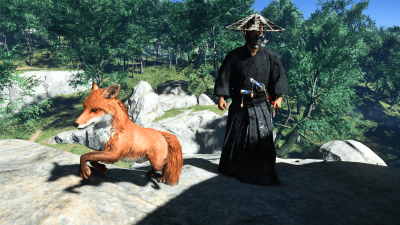

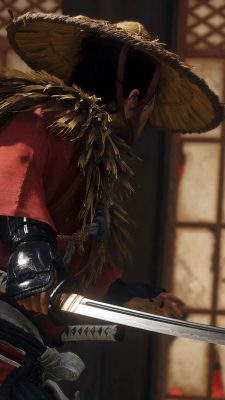


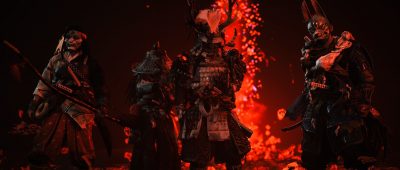
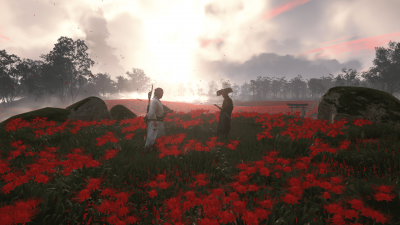
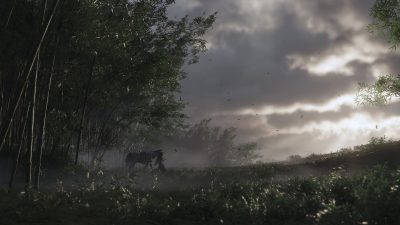
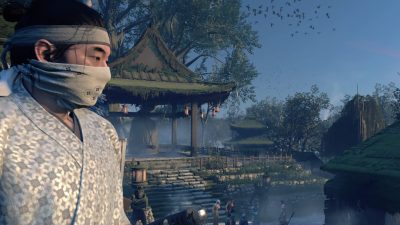



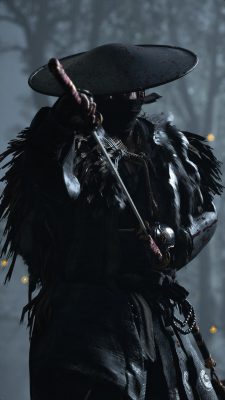
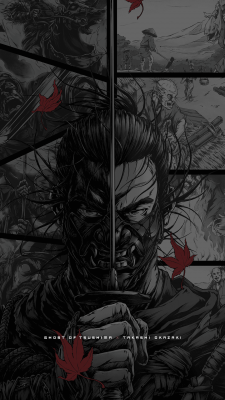
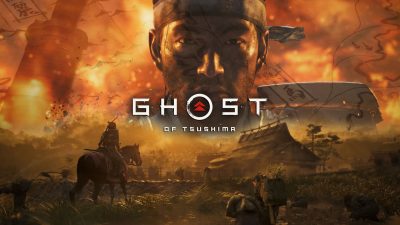
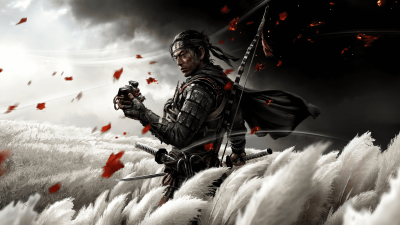
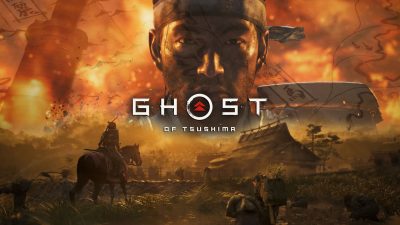


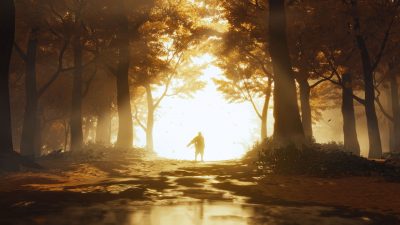
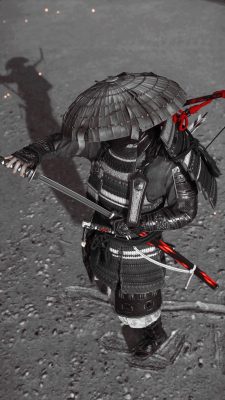
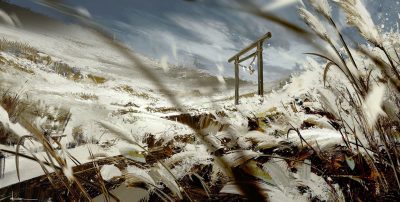
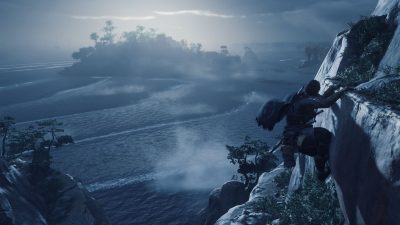
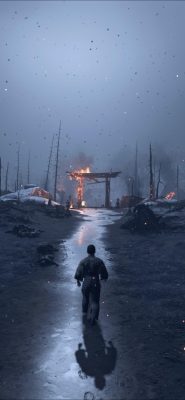

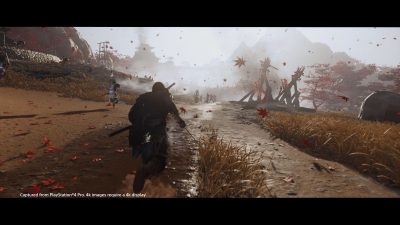
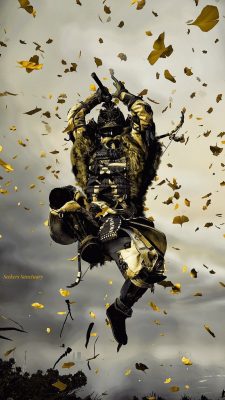
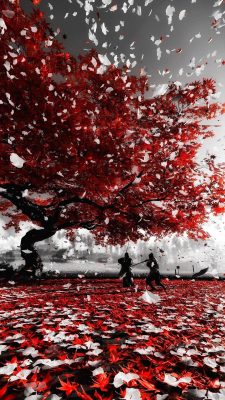

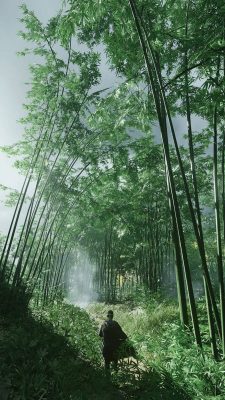

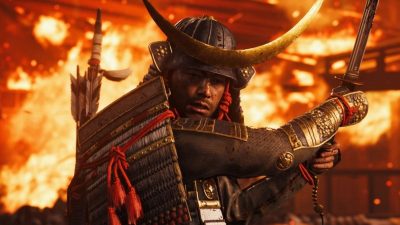
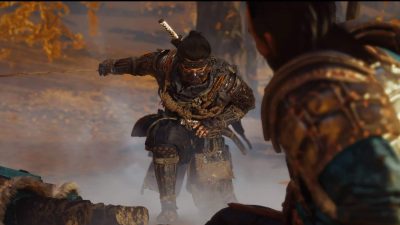

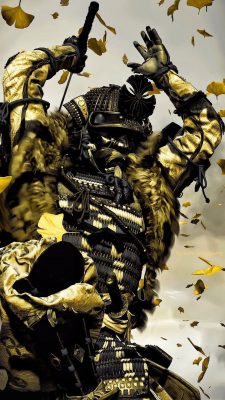


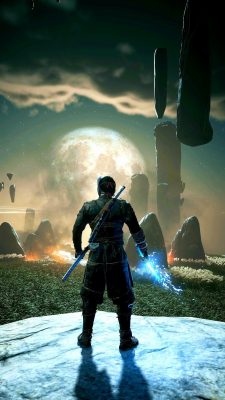
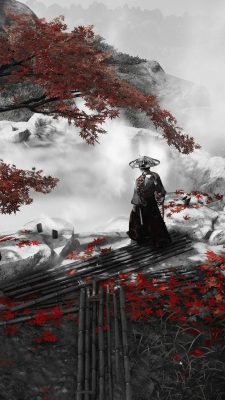
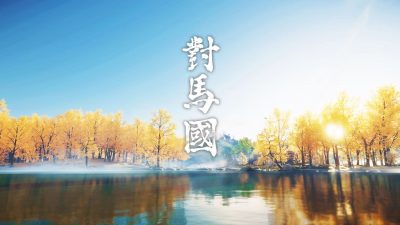
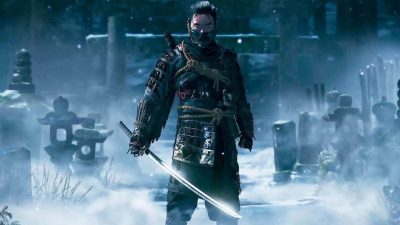

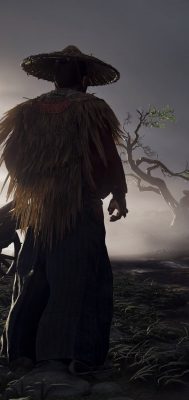


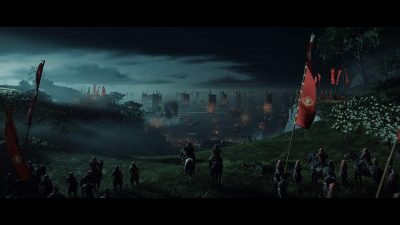
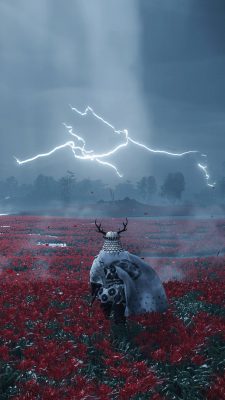
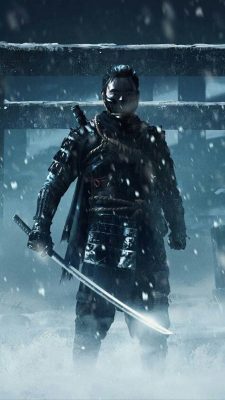
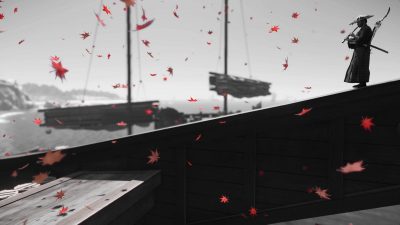
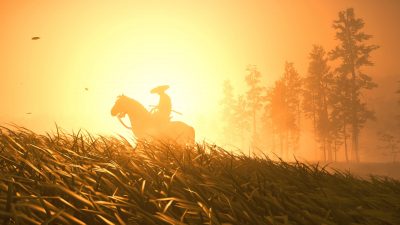
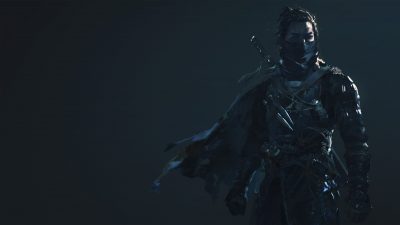
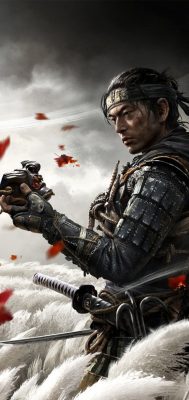


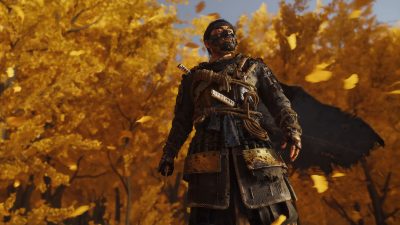
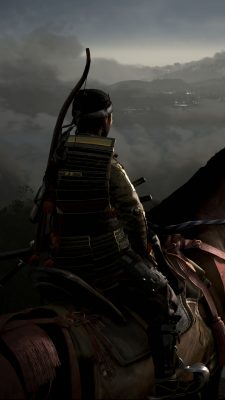
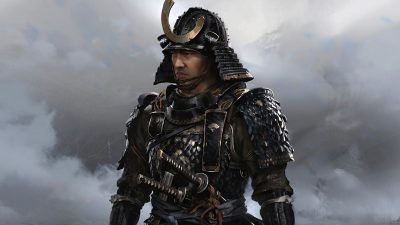
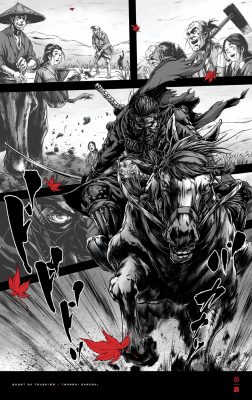

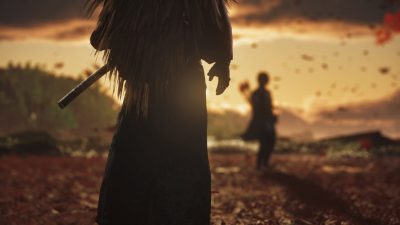
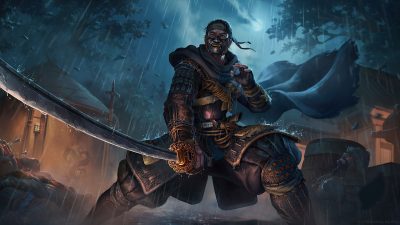
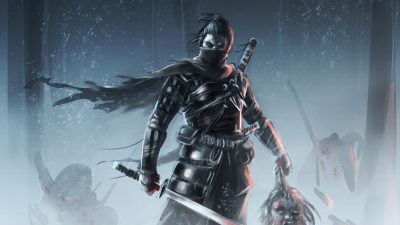





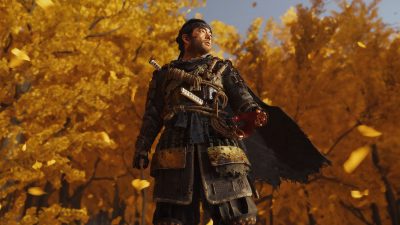
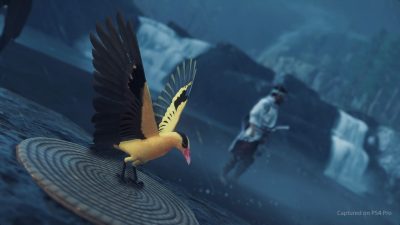

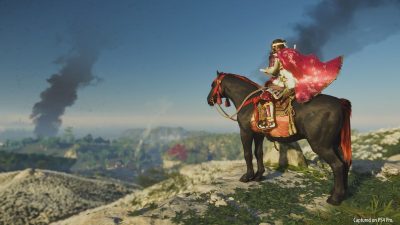
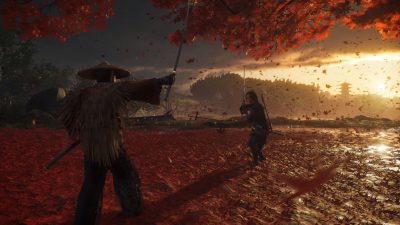

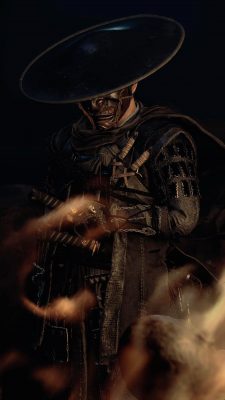
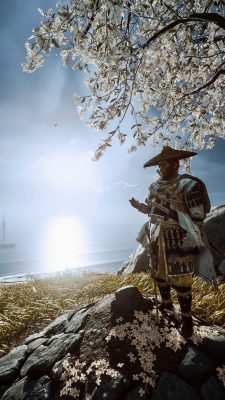
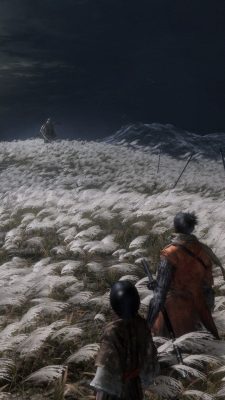
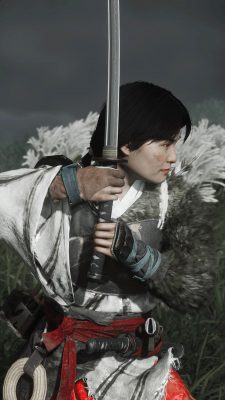
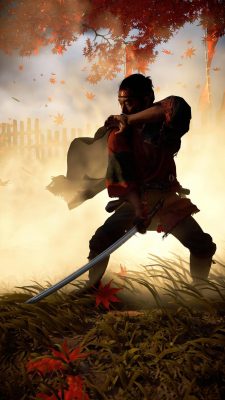

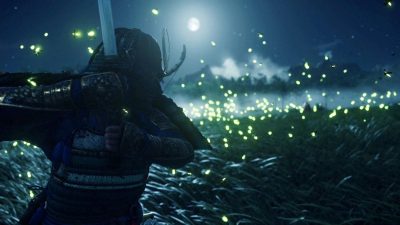
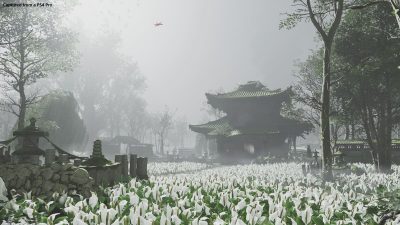

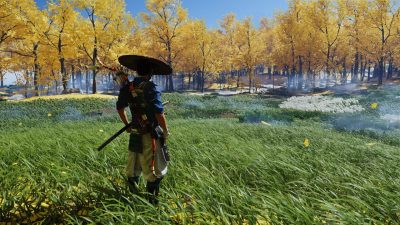
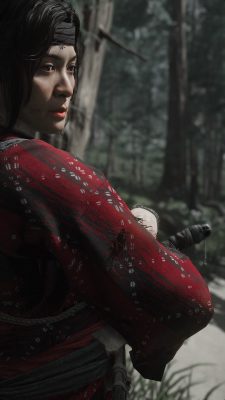
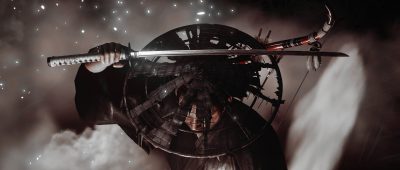

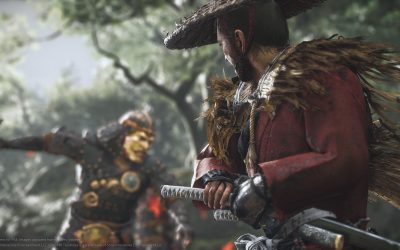
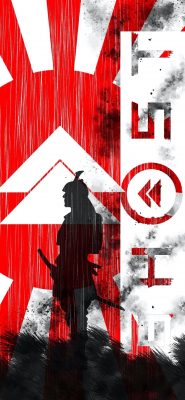

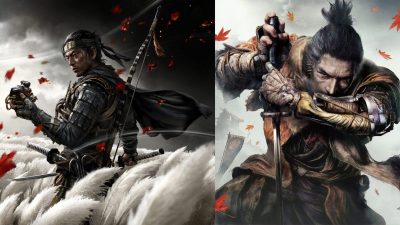


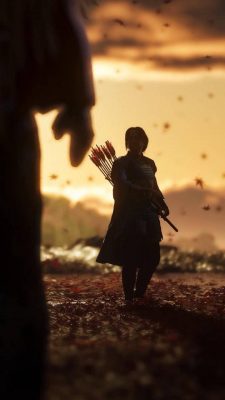
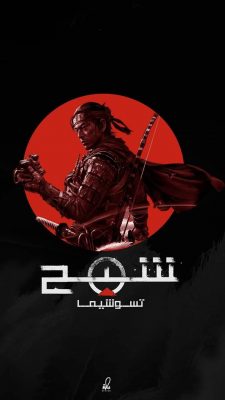

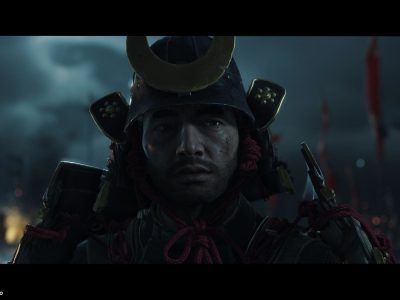
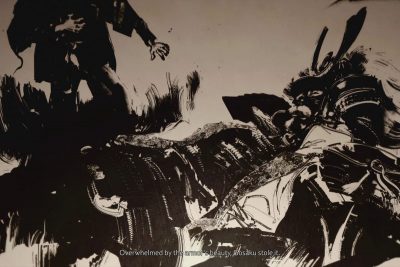

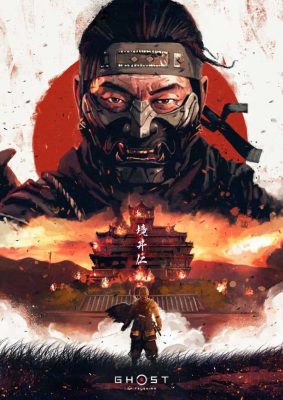
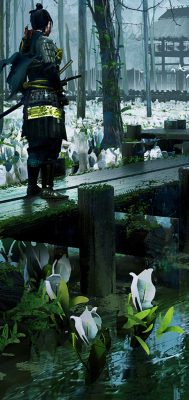

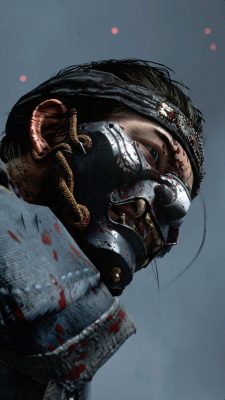
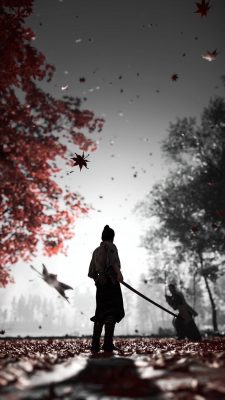

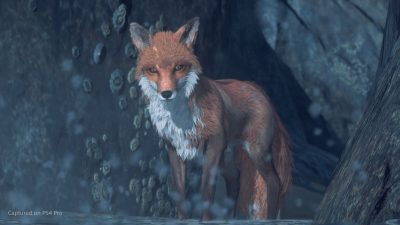

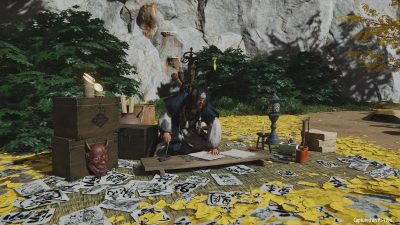



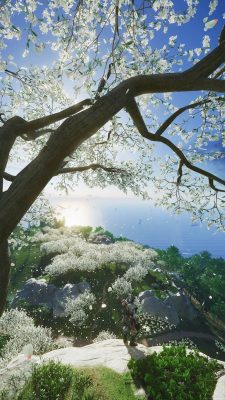
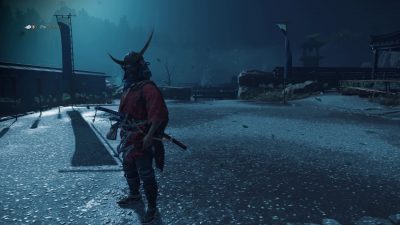
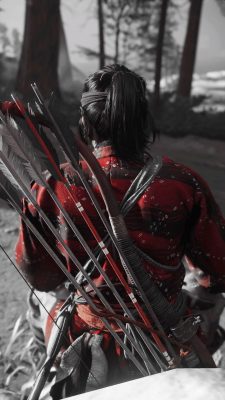
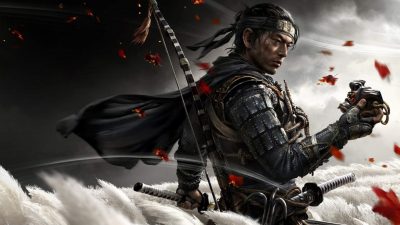
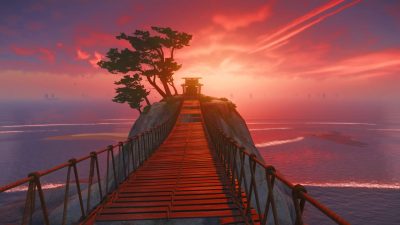


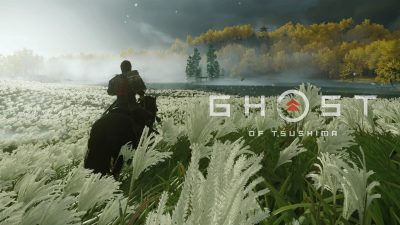


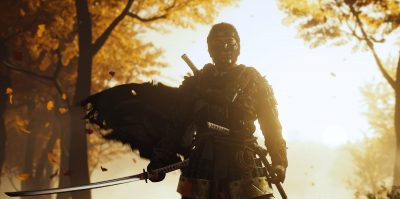

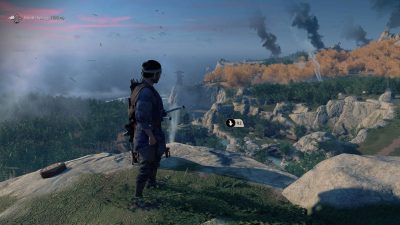

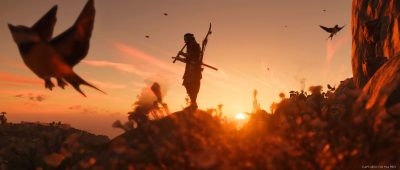

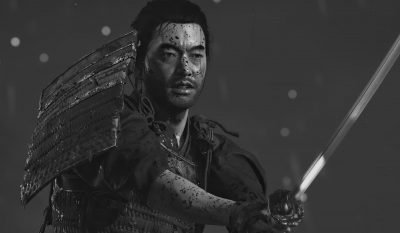
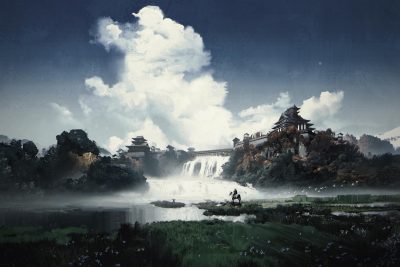
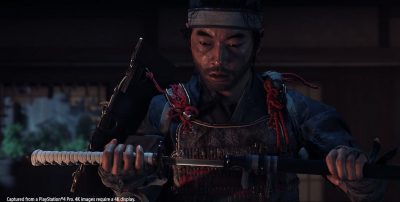


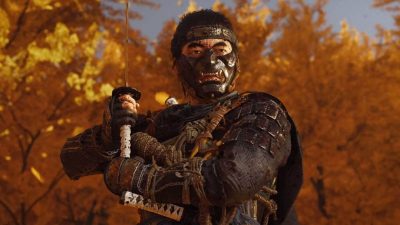
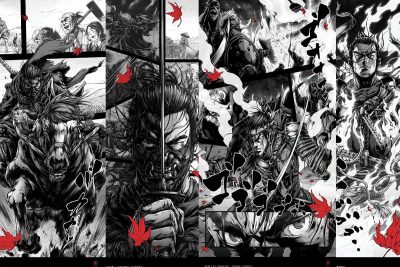
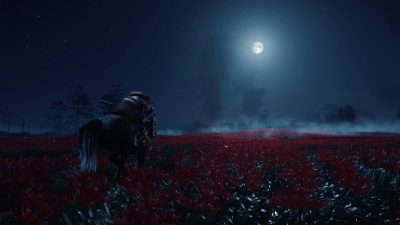
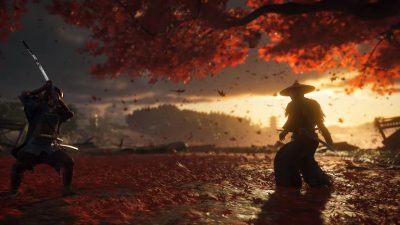
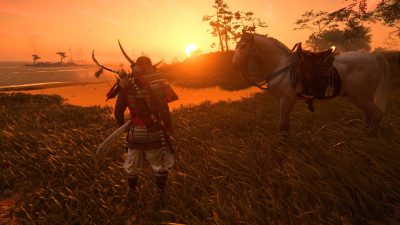
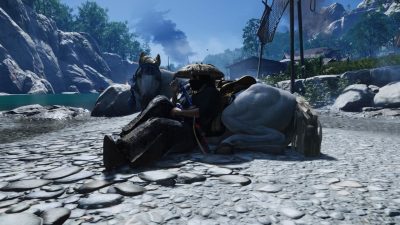
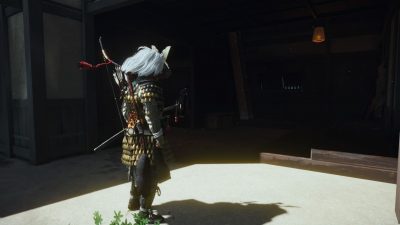
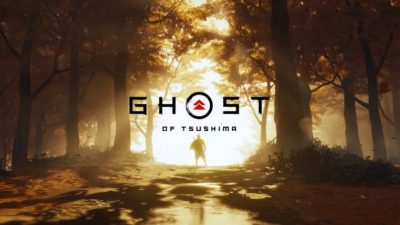
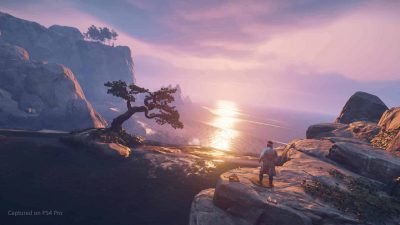
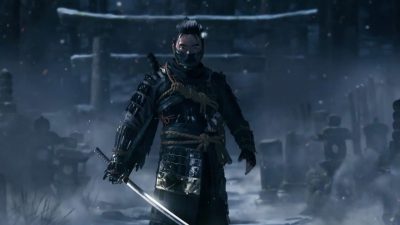

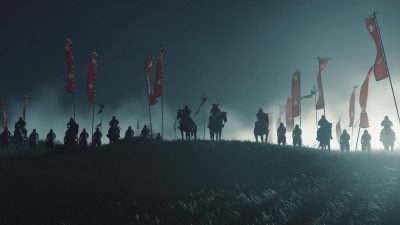


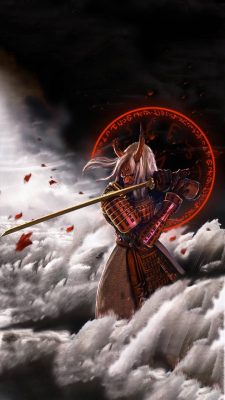
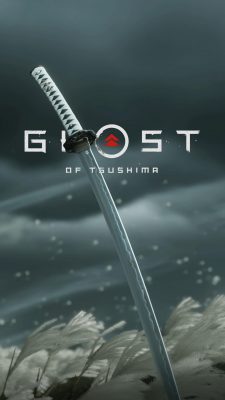
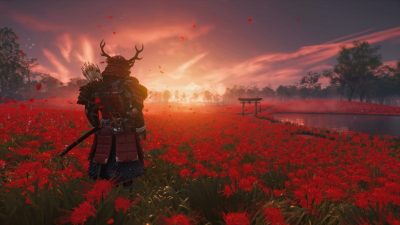
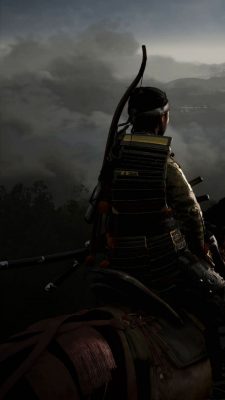



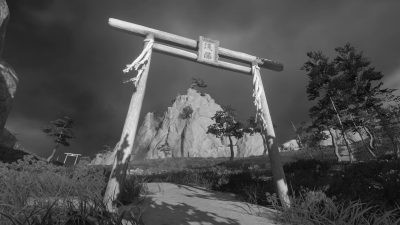
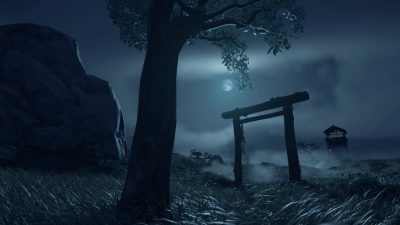
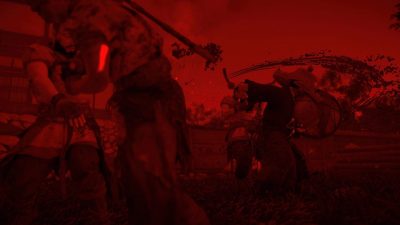
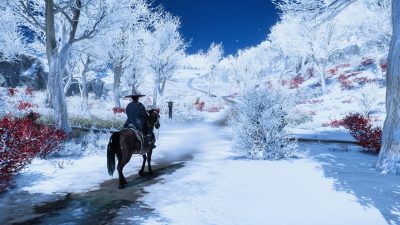

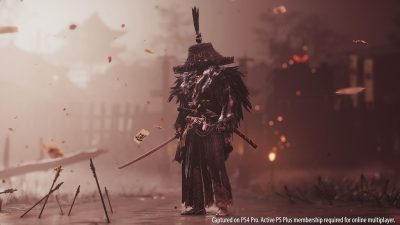

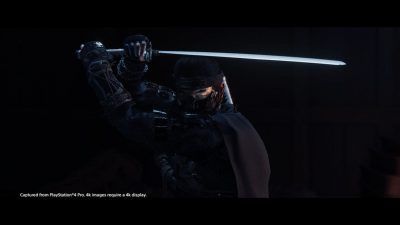

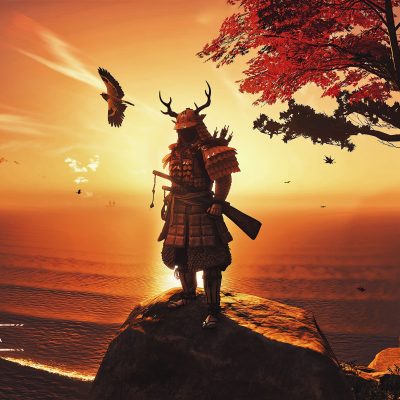

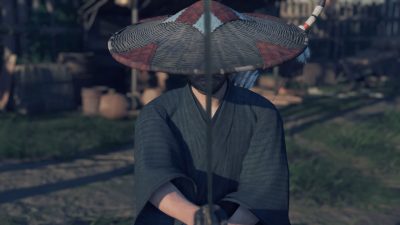
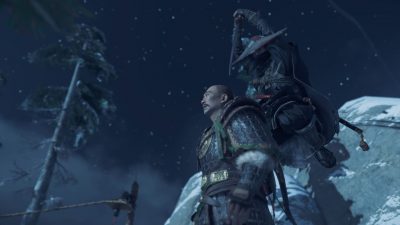
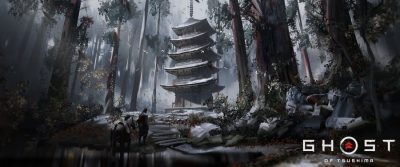



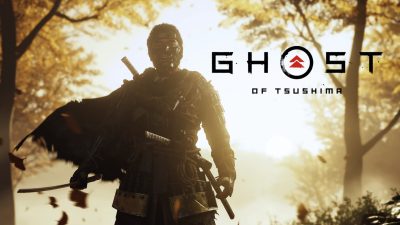


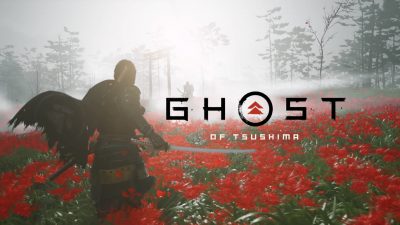

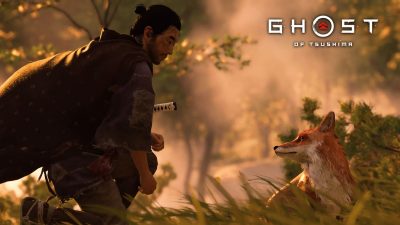
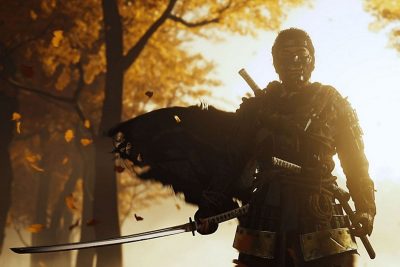
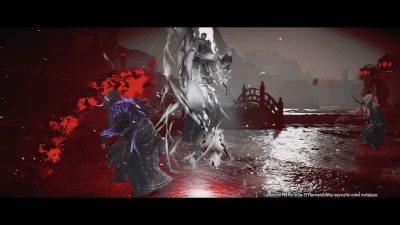

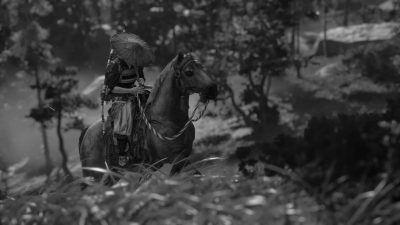
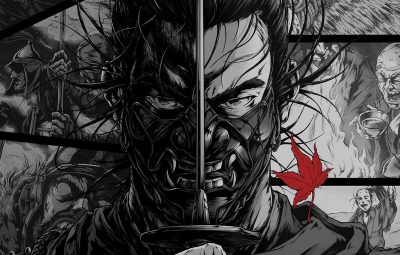
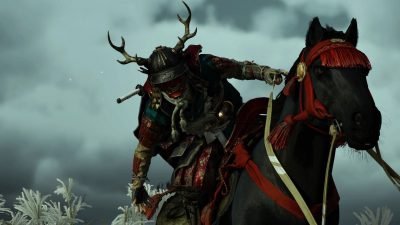
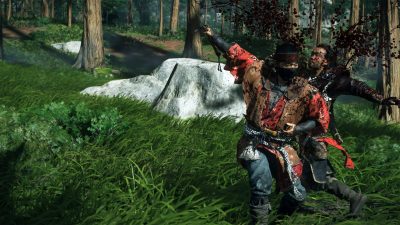

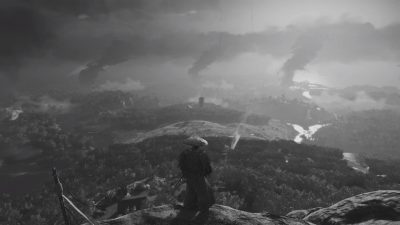
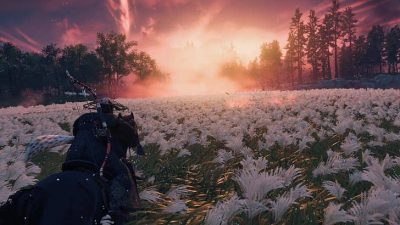
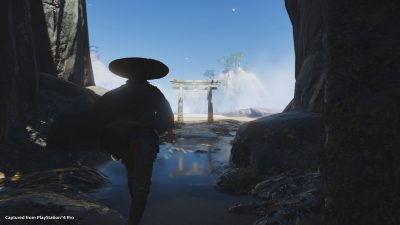
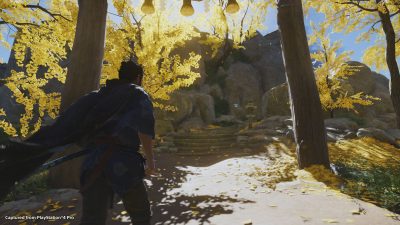
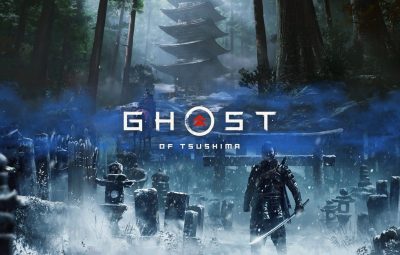

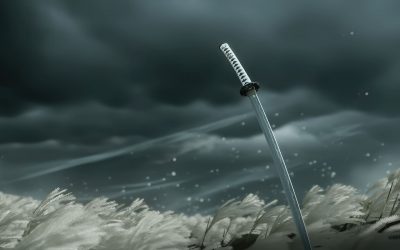
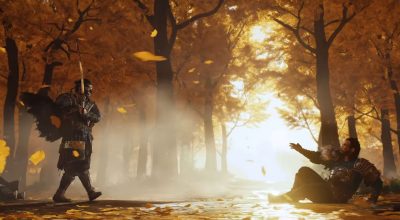
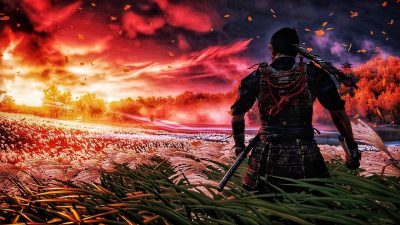

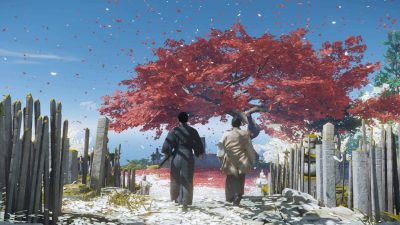


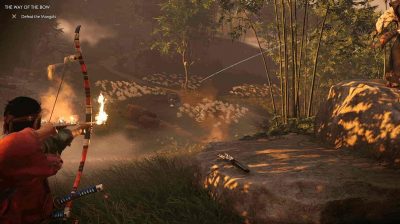
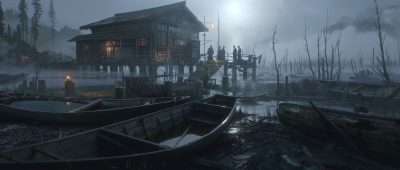

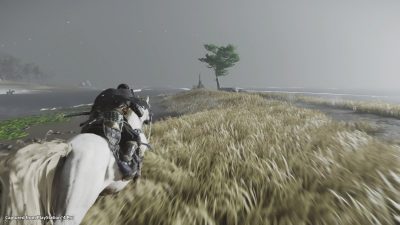
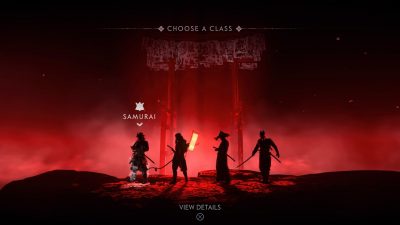
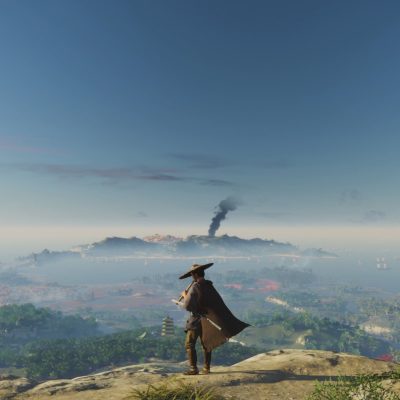

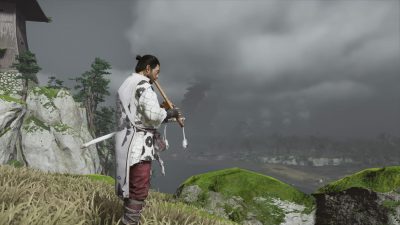

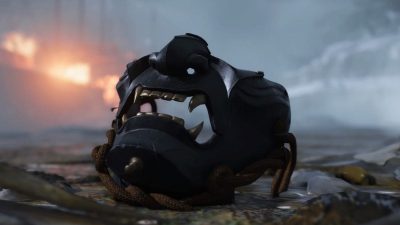

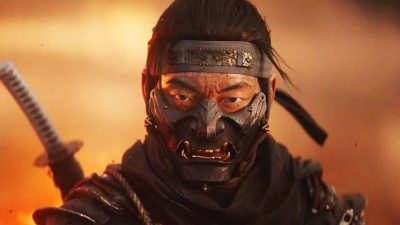
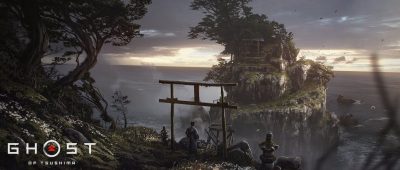

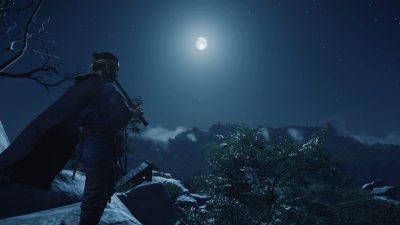
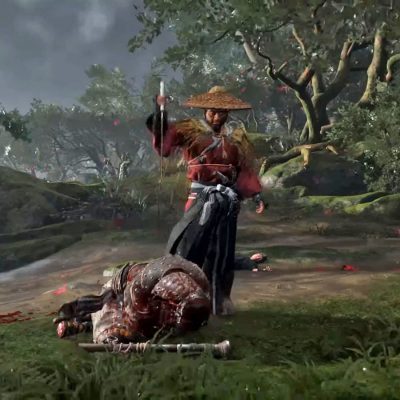

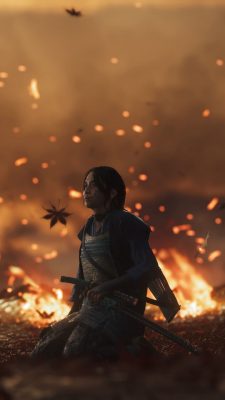


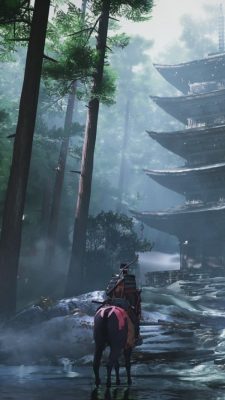
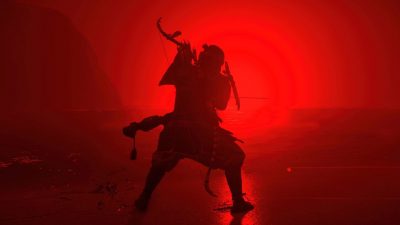
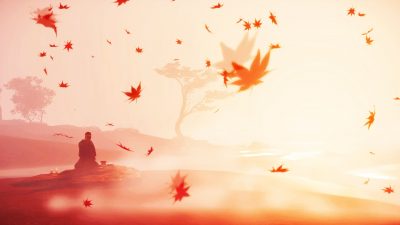
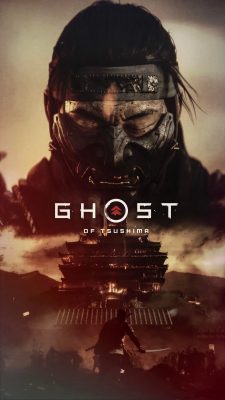
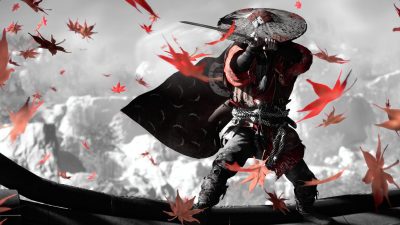
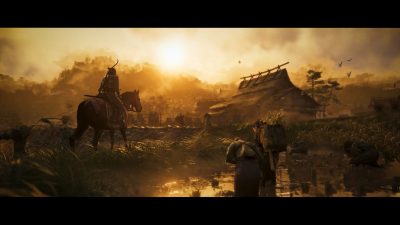
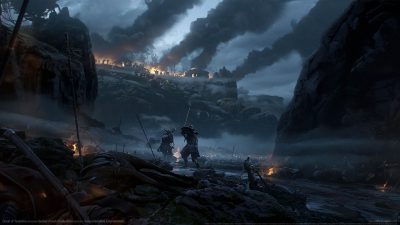


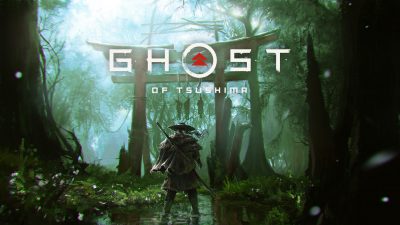
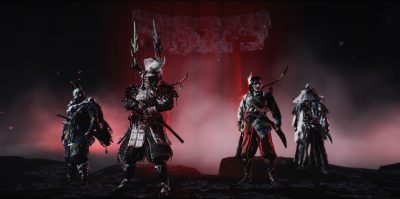
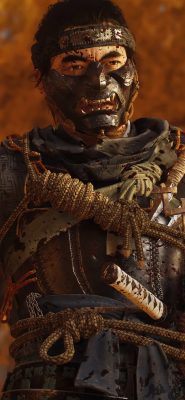
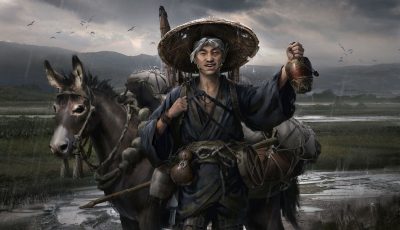
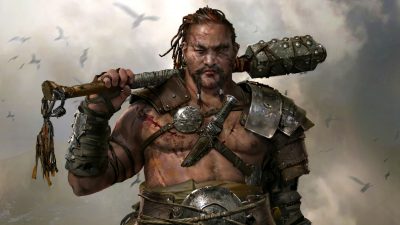

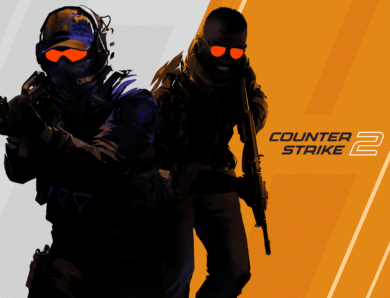
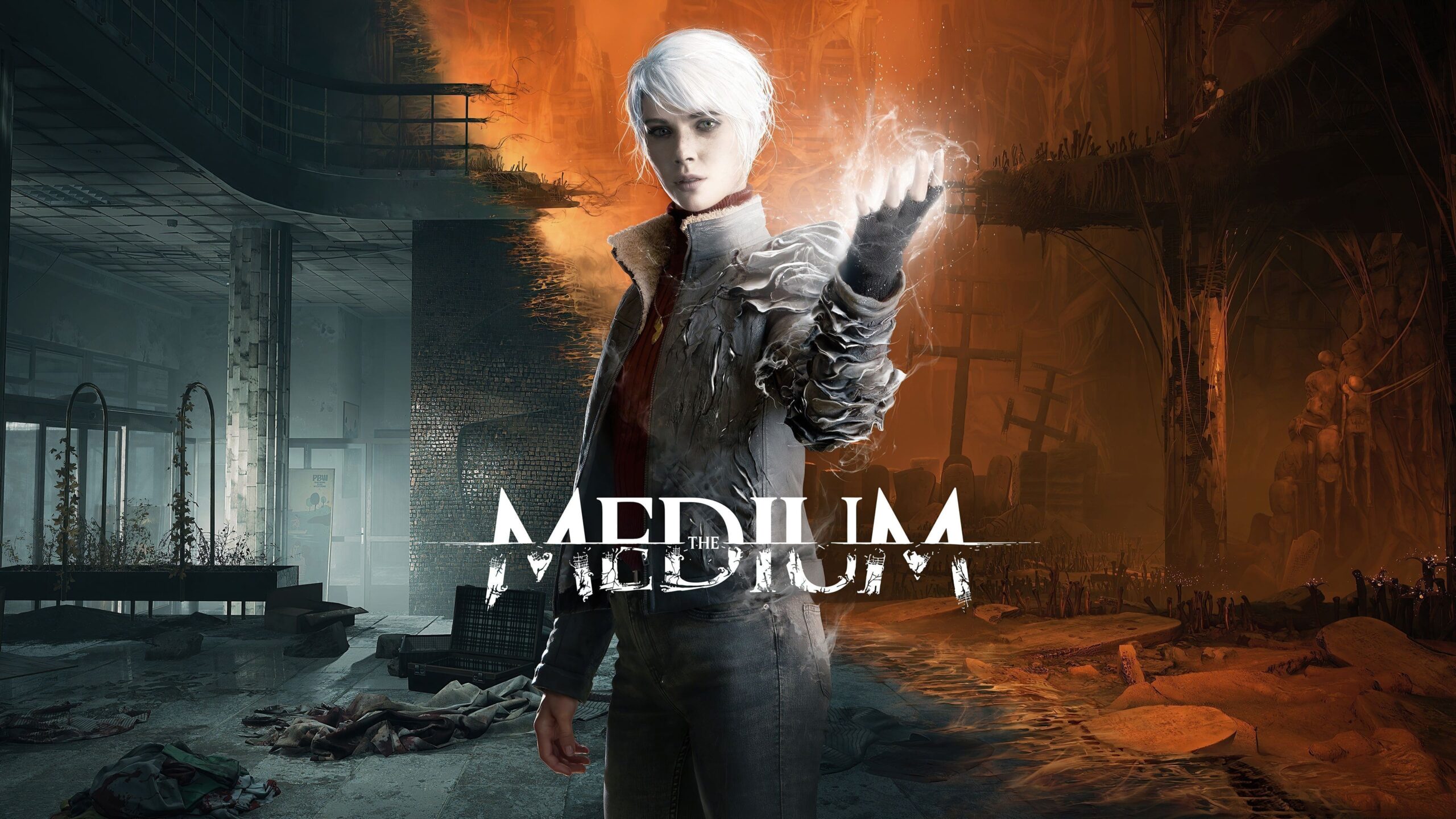
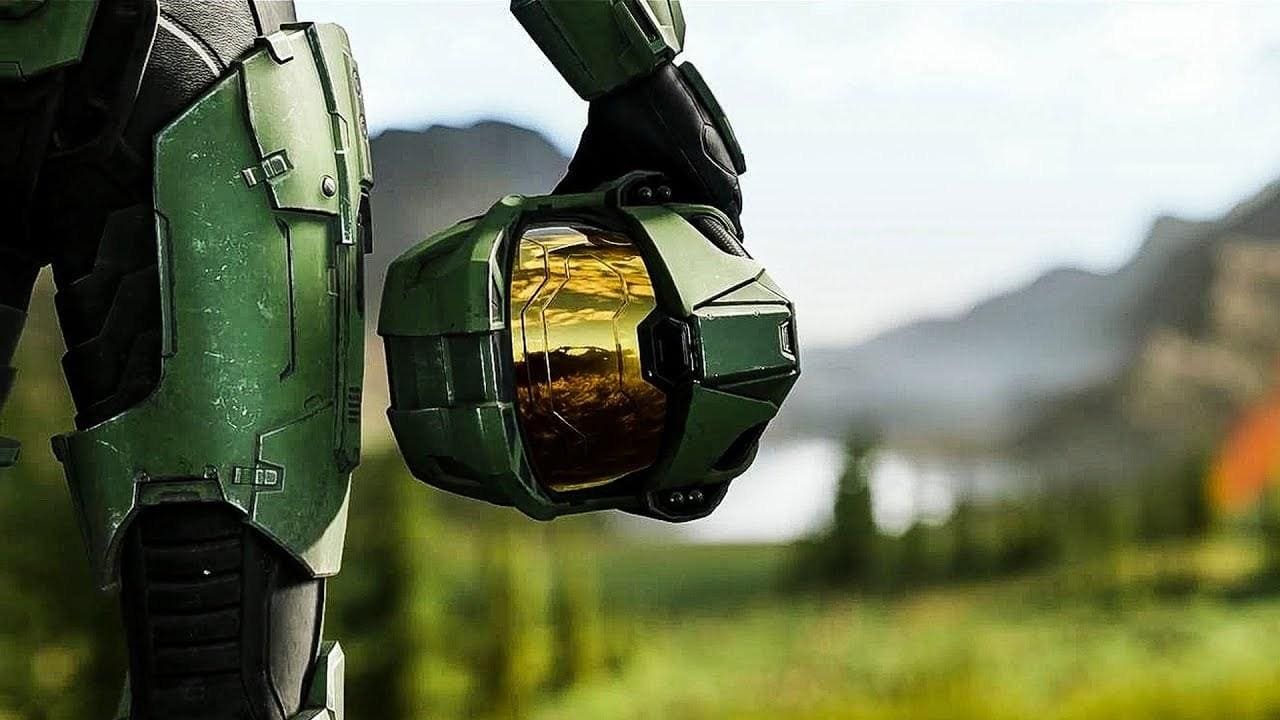


No Comment